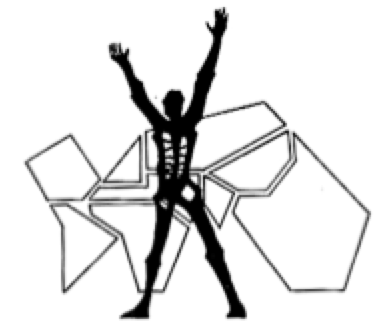Austin. The three master strategies developed at the CFLC during 1958–1962 became the three key tasks of the Order Ecumenical and the Ecumenical Institute.
1960
Master Strategies and Intellectual Methods1. Contextual Reeducation
Methods and programs that allow each individual to respond creatively to the complex demands of living in the 20th century and beyond through new breakthroughs in methodology and curricula.
2. Structural Reformulation
Methods and programs that help individuals to assist the structures of society in realizing their potential by overcoming apathy and powerlessness through just and effective participative decision making.
3. Spirit Remotivation
Models and programs that open new possibilities for significant individual and corporate engagement in human history by freeing people’s imagination from cynicism despair, and hopelessness.
CFLC staff and families live in their own homes, but create a corporate life and discipline. Practical research is done on how a community of people can live and work together missionally. The study of Dietrich Bonhoeffer’s Ethics and C. Wright Mills’ Images of Man reveals basic images of model building. RS-I was taught on a regular basis. Creation and teaching of the Cultural Studies I (CS-I) course, “The Twentieth Century Cultural Revolution.”
I think the lay courses followed the PMC, probably in 1960.
( Doris Hahn, 2014)
Development of two key intellectual methods The Corporate Study Method is a dialogue between the author of a work
and a group, focusing on what the author is saying and the experience of the participants. The Charting Method provides a visual picture of the written material being studied and emphasizes the structure of the work.
